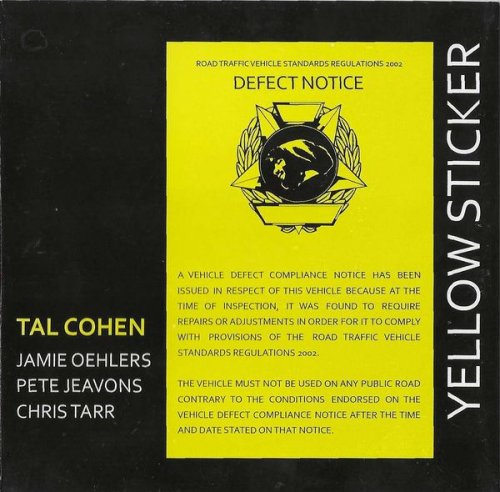George Shearing - The Unforgettable George Shearing (2020)
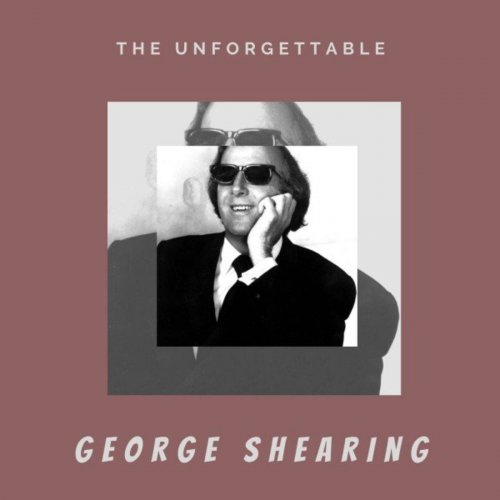
Artist: George Shearing
Title: The Unforgettable George Shearing
Year Of Release: 2020
Label: Nostalgic Melody Music Production
Genre: Jazz
Quality: FLAC (tracks) / MP3
Total Time: 4:08:39
Total Size: 1.41 GB / 571 MB
WebSite: Album Preview
Tracklist:Title: The Unforgettable George Shearing
Year Of Release: 2020
Label: Nostalgic Melody Music Production
Genre: Jazz
Quality: FLAC (tracks) / MP3
Total Time: 4:08:39
Total Size: 1.41 GB / 571 MB
WebSite: Album Preview
01. Lullaby of Birdland
02. Autumn in New York
03. Strange
04. Yesterdays
05. You Are There
06. Autumn Leaves
07. Cuban Fantasy
08. Have You Met Miss Jones
09. The Man I Love
10. September Song
11. Magic
12. Goodnight, My Love
13. A Foggy Day
14. Starlit Hour
15. Cali Mambo
16. All of You
17. Mambo No. 2
18. Dancing on the Ceiling
19. Deep Night
20. To the Ends of the Earth
21. The Story of Love
22. Lulu's Back in Town
23. Tu, Mi Delirio
24. Rondo
25. The Moon Was Yellow
26. Round Midnight.
27. Moonray
28. Serenata
29. Mambo Caribe
30. It's Not for Me to Say
31. If You Were Mine
32. I'll Close My Eyes
33. All or Nothing at All
34. Sand in My Shoes
35. Afro No. 4
36. No Moon at All
37. It's Easy to Remember
38. Estampa Cubana
39. Midnight in the Air
40. You Stepped out of a Dream
41. Dearly Beloved
42. Juana Palangana
43. Anywhere
44. Wonder Struck
45. Memories of You
46. Let's Call the Whole Thing Off
47. These Things You Left Me
48. If I Had You
49. Mine
50. Cuckoo in the Clock
51. Blue Moon
52. Sometimes I Feel Like a Motherless Child
53. Cheek to Cheek
54. Basie's Masement
55. Ship Without a Sail
56. Mambo Balahu
57. In the Blue of Evening
58. I Could Write a Book
59. Day by Day
60. Burnished Brass
61. The Night Is Young and You're so Beautiful
62. First Floor Please
63. Chelsea Bridge
64. Beautiful Love
65. Stairway to the Stars
66. You Look Like Someone
67. Night Flight
68. Oh Look at Me Now
69. Blame It on My Youth
70. Salud
71. Blue Rainbow
72. You and the Night and the Music
73. The Things We Did Last Summer
74. Sleepy Manhattan
75. Jackie's Mambo
76. Just Plain Bill
77. Don't Call Me
78. This Is Africa
79. Te Arrango la Cabeza
80. Out of This World
81. Yesterday's Child
82. All Night Long
83. Born to Be Blue
84. On Green Dolphin Street
85. Let's Live Again
86. The Nearness of You
87. Tintilin
88. Inspiration
89. All Through the Day
90. Say Si Si
91. Blue Lou
For a long stretch of time in the 1950s and early '60s, George Shearing had one of the most popular jazz combos on the planet -- so much so that, in the usual jazz tradition of distrusting popular success, he tended to be underappreciated. Shearing's main claim to fame was the invention of a unique quintet sound, derived from a combination of piano, vibraphone, electric guitar, bass, and drums. Within this context, Shearing would play in a style he called "locked hands," which he picked up and refined from Milt Buckner's early-'40s work with the Lionel Hampton band, as well as Glenn Miller's sax section and the King Cole Trio. Stating the melody on the piano with closely knit, harmonized block chords, with the vibes and guitar tripling the melody in unison, Shearing sold tons of records for MGM and Capitol in his heyday.
The wild success of this urbane sound obscures Shearing's other great contribution during this time, for he was also a pioneer of exciting, small-combo Afro-Cuban jazz in the '50s. Indeed, Cal Tjader first caught the Latin jazz bug while playing with Shearing, and the English bandleader also employed such esteemed congueros as Mongo Santamaria, Willie Bobo, and Armando Peraza. As a composer, Shearing was best known for the imperishable, uniquely constructed bop standard "Lullaby of Birdland," as well as "Conception" and "Consternation." His solo style, though all his own, reflected the influences of the great boogie-woogie pianists and classical players, as well as those of Fats Waller, Earl Hines, Teddy Wilson, Erroll Garner, Art Tatum, and Bud Powell -- and fellow pianists long admired his light, refined touch. He was also known to play accordion and sing in a modest voice on occasion.
Shearing, who was born blind, began playing the piano at the age of three, receiving some music training at the Linden Lodge School for the Blind in London as a teenager but picking up the jazz influence from Teddy Wilson and Fats Waller 78s. In the late '30s, he started playing professionally with the Ambrose dance band and made his first recordings in 1937 under the aegis of fellow Brit Leonard Feather. He became a star in Britain, performing for the BBC, playing a key role in the self-exiled Stéphane Grappelli's London-based groups of the early '40s, and winning seven consecutive Melody Maker polls before emigrating in New York City in 1947 at the prompting of Feather. Once there, Shearing quickly absorbed bebop into his bloodstream, replacing Garner in the Oscar Pettiford Trio and leading a quartet in tandem with Buddy DeFranco. In 1949, he formed the first and most famous of his quintets, which included Marjorie Hyams on vibes (thus striking an important blow for emerging female jazz instrumentalists), Chuck Wayne on guitar, John Levy on bass, and Denzil Best on drums. Recording briefly first for Discovery, then Savoy, Shearing settled into lucrative associations with MGM (1950-1955) and Capitol (1955-1969), the latter for which he made albums with Nancy Wilson, Peggy Lee, and Nat King Cole. He also made a lone album for Jazzland with the Montgomery Brothers (including Wes Montgomery) in 1961, and began playing concert dates with symphony orchestras.
After leaving Capitol, Shearing began to phase out his by-then-predictable quintet, finally breaking it up in 1978. He started his own label, Sheba, which lasted for a few years into the early '70s -- and made some trio recordings for MPS later in the decade. In the '70s, his profile had been lowered considerably, but upon signing with Concord in 1979, Shearing found himself enjoying a renaissance in all kinds of situations. He made a number of acclaimed albums with Mel Tormé, raising the singer's profile in the process, and recorded with the likes of Ernestine Anderson, Jim Hall, Marian McPartland, Hank Jones, and classical French horn player Barry Tuckwell. He also recorded a number of solo piano albums where his full palette of influences came into play. He signed with Telarc in 1992 and from that point through the early 2000s continued to perform and record, most often appearing in a duo or trio setting. Shearing, who had remained largely inactive since 2004 after a fall in his New York City apartment, died of congestive heart failure at New York's Lenox Hill Hospital on February 14, 2011. He was 91. ~ Richard S. Ginell
The wild success of this urbane sound obscures Shearing's other great contribution during this time, for he was also a pioneer of exciting, small-combo Afro-Cuban jazz in the '50s. Indeed, Cal Tjader first caught the Latin jazz bug while playing with Shearing, and the English bandleader also employed such esteemed congueros as Mongo Santamaria, Willie Bobo, and Armando Peraza. As a composer, Shearing was best known for the imperishable, uniquely constructed bop standard "Lullaby of Birdland," as well as "Conception" and "Consternation." His solo style, though all his own, reflected the influences of the great boogie-woogie pianists and classical players, as well as those of Fats Waller, Earl Hines, Teddy Wilson, Erroll Garner, Art Tatum, and Bud Powell -- and fellow pianists long admired his light, refined touch. He was also known to play accordion and sing in a modest voice on occasion.
Shearing, who was born blind, began playing the piano at the age of three, receiving some music training at the Linden Lodge School for the Blind in London as a teenager but picking up the jazz influence from Teddy Wilson and Fats Waller 78s. In the late '30s, he started playing professionally with the Ambrose dance band and made his first recordings in 1937 under the aegis of fellow Brit Leonard Feather. He became a star in Britain, performing for the BBC, playing a key role in the self-exiled Stéphane Grappelli's London-based groups of the early '40s, and winning seven consecutive Melody Maker polls before emigrating in New York City in 1947 at the prompting of Feather. Once there, Shearing quickly absorbed bebop into his bloodstream, replacing Garner in the Oscar Pettiford Trio and leading a quartet in tandem with Buddy DeFranco. In 1949, he formed the first and most famous of his quintets, which included Marjorie Hyams on vibes (thus striking an important blow for emerging female jazz instrumentalists), Chuck Wayne on guitar, John Levy on bass, and Denzil Best on drums. Recording briefly first for Discovery, then Savoy, Shearing settled into lucrative associations with MGM (1950-1955) and Capitol (1955-1969), the latter for which he made albums with Nancy Wilson, Peggy Lee, and Nat King Cole. He also made a lone album for Jazzland with the Montgomery Brothers (including Wes Montgomery) in 1961, and began playing concert dates with symphony orchestras.
After leaving Capitol, Shearing began to phase out his by-then-predictable quintet, finally breaking it up in 1978. He started his own label, Sheba, which lasted for a few years into the early '70s -- and made some trio recordings for MPS later in the decade. In the '70s, his profile had been lowered considerably, but upon signing with Concord in 1979, Shearing found himself enjoying a renaissance in all kinds of situations. He made a number of acclaimed albums with Mel Tormé, raising the singer's profile in the process, and recorded with the likes of Ernestine Anderson, Jim Hall, Marian McPartland, Hank Jones, and classical French horn player Barry Tuckwell. He also recorded a number of solo piano albums where his full palette of influences came into play. He signed with Telarc in 1992 and from that point through the early 2000s continued to perform and record, most often appearing in a duo or trio setting. Shearing, who had remained largely inactive since 2004 after a fall in his New York City apartment, died of congestive heart failure at New York's Lenox Hill Hospital on February 14, 2011. He was 91. ~ Richard S. Ginell

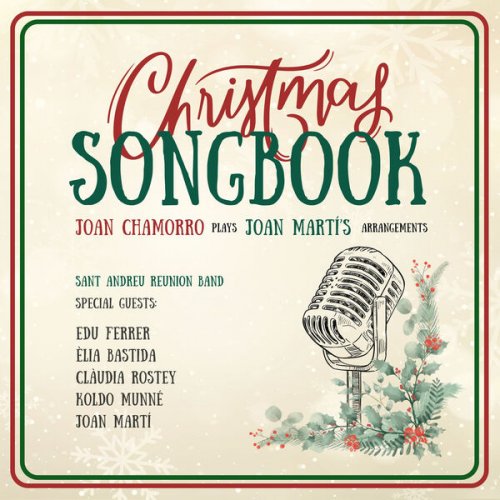
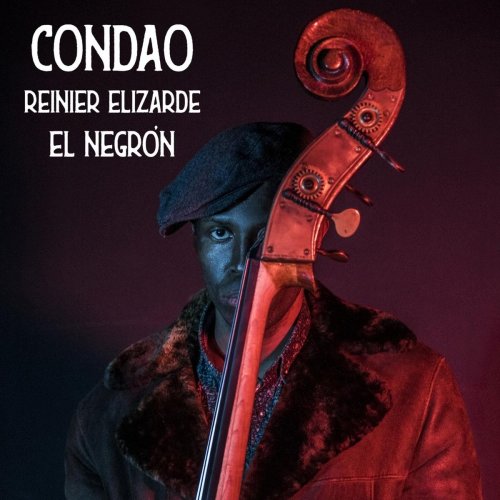



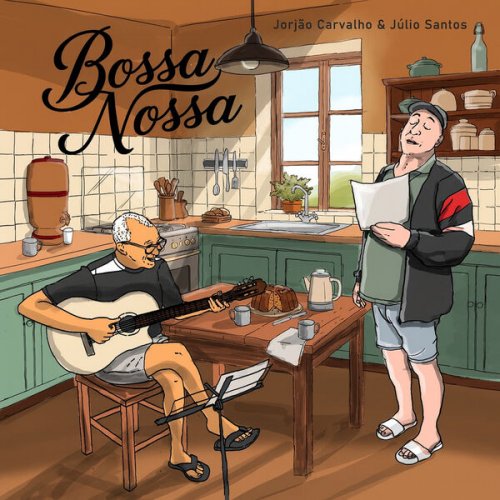
![Afrodream - Guiss Guiss (2025) [Hi-Res] Afrodream - Guiss Guiss (2025) [Hi-Res]](https://www.dibpic.com/uploads/posts/2025-12/1765638325_a2717494732_0.jpg)
